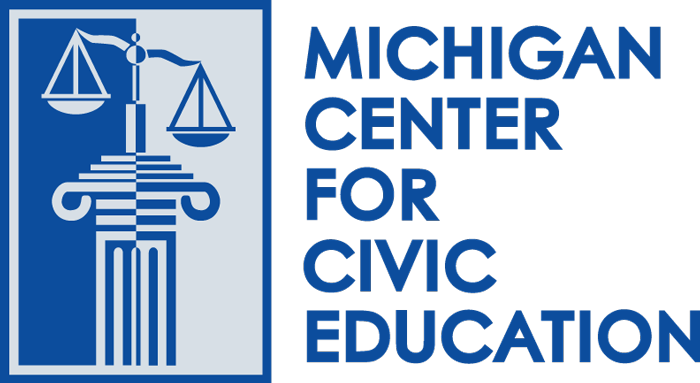Students learn what happens in appellate-level courts and how those courts operate differently from the trial courts most people are familiar with from watching television. By following the case of a real middle school girl who was strip searched at school, students find out what happens when someone takes a case all the way to the Supreme Court. Through this case, students learn about the structure of the federal court system and the way appellate courts decide cases.
Civics Lessons
Appellate Courts: Let’s Take It Up
Brown v Board of Education (1954)
This case summary provides teachers with everything they need to teach about Brown v. Board of Education (1954). It contains background information in the form of summaries and important vocabulary at three different reading levels, as well a review of relevant legal concepts, diagram of how the case moved through the court system, and summary of the decision. This resource also includes nine classroom-ready activities that teach about the case using interactive methods.
Miranda v. Arizona (1966)
This case summary provides teachers with everything they need to teach about Miranda v. Arizona (1966). It contains background information in the form of summaries and important vocabulary at three different reading levels, as well a review of relevant legal concepts, diagram of how the case moved through the court system, and summary of the decision. This resource also includes ten classroom-ready activities that teach about the case using interactive methods.
McCulloch v. Maryland (1819)
This case summary provides teachers with everything they need to teach about McCulloch v. Maryland (1819). It contains background information in the form of summaries and important vocabulary at three different reading levels, as well a review of relevant legal concepts, diagram of how the case moved through the court system, and summary of the decision. This resource also includes seven classroom-ready activities that teach about the case using interactive methods.
Gideon v. Wainwright (1963)
This case summary provides teachers with everything they need to teach about Gideon v. Wainwright (1963). It contains background information in the form of summaries and important vocabulary at three different reading levels, as well a review of relevant legal concepts, diagram of how the case moved through the court system, and summary of the decision. This resource also includes nine classroom-ready activities that teach about the case using interactive methods.
Texas v. Johnson (1989)
This case summary provides teachers with everything they need to teach about Texas v. Johnson (1989). It contains background information in the form of summaries and important vocabulary at three different reading levels, as well a review of relevant legal concepts, diagram of how the case moved through the court system, and summary of the decision. This resource also includes six classroom-ready activities that teach about the case using interactive methods.
The First Amendment: What’s Fair in a Free Country?
Lesson includes several activities to demonstrate to students that freedom of speech continues to evolve.
What is the Judicial Branch?
This lesson exposes students to the judicial branch and the power of judicial review. They read about an actual Supreme Court case, Torcaso v. Watkins, to see how the judicial branch used its power of judicial review to strike down an unconstitutional state law.
The Michigan Supreme Court
This unit includes ten lessons including a history of the Michigan Supreme Court, Procedures of the Court, and Civil Rights and the Michigan Supreme Court.
Tinker v. Des Moines (1969)
This case summary provides teachers with everything they need to teach about Tinker v. Des Moines (1969). It contains background information in the form of summaries and important vocabulary at three different reading levels, as well a review of relevant legal concepts, diagram of how the case moved through the court system, and summary of the decision. This resource also includes seven classroom-ready activities that teach about the case using interactive methods.

